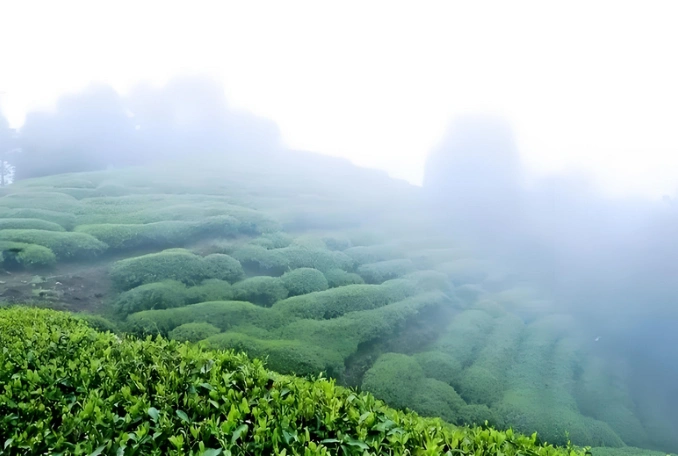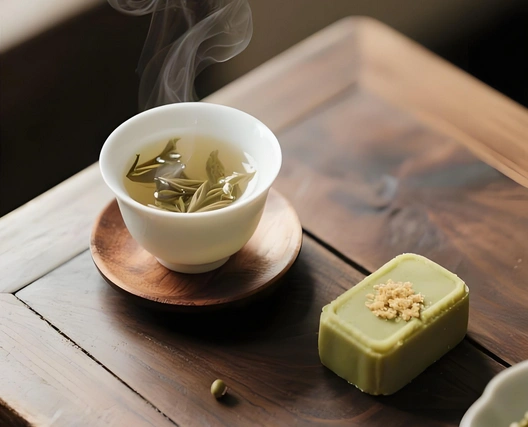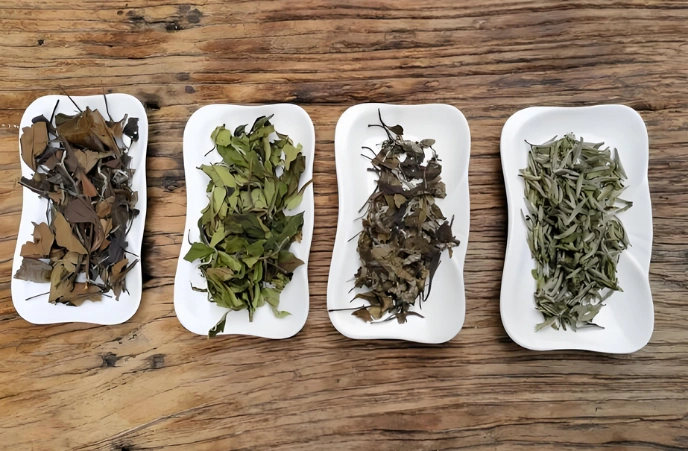white tea for meditation sessions invites you into a serene ritual where delicate florals meet quiet focus. In our fast-paced world, carving out mindful moments can feel impossible—but a simple cup of white tea can transform your practice. With just enough caffeine to sharpen the mind, paired with the calming amino acid L‑theanine, white tea creates the perfect balance of alert relaxation.
In this guide, we’ll explore why white tea enhances meditation, the science behind its stress‑relieving effects, and step‑by‑step rituals—from brewing to sipping in silence—that infuse your practice with sensory richness. Let’s steep your journey to inner calm.
1. Why White Tea Complements Meditation
White tea, crafted from the young buds of Camellia sinensis, undergoes minimal processing to preserve its tender flavors and active compounds. Unlike heavier teas, it offers a whisper‑light body and a soft sweetness that never distracts. When sipping white tea for meditation sessions, you engage all your senses: the pale‑gold liquor, the subtle honeyed aroma, the smooth mouthfeel. These gentle sensory cues act like anchors, pulling you back into the present moment whenever your thoughts begin to drift.

2. Key Compounds: L‑Theanine & Gentle Caffeine
2.1 L‑Theanine’s Calming Effects
One reason white tea feels so soothing is its high L‑theanine content. This unique amino acid crosses the blood–brain barrier to boost GABA and dopamine levels, promoting calm focus. Juneja et al. (1999) found that L‑theanine increases alpha‑wave activity—brain waves associated with relaxation—without inducing drowsiness (Juneja et al., 1999; link).
2.2 Just Enough Caffeine for Focus
Each cup of white tea contains about 15–30 mg of caffeine—roughly one‑third the caffeine in green tea and one‑quarter that of coffee. This gentle lift sharpens attention without jitters, making white tea for meditation sessions ideal for maintaining alert awareness.
3. Preparing Your Tea Space: Mindful Setup
Before you begin, create a peaceful corner dedicated to your practice.
- Clean Surface: Wipe down your table or altar to clear clutter.
- Soft Lighting: Use natural light or a dim lamp to soothe the eyes.
- Aromatic Accents: Light a stick of sandalwood or diffuse lavender to complement the tea’s floral notes.
- Comfortable Seating: Fold a cushion or drape a soft shawl—ensure you feel supported yet grounded.
This mindful setup signals to your brain that it’s time to slow down.
4. Brewing Ritual: Steps for a Meditative Cup
- Preheat Your Vessel: Pour hot water into your teapot or cup, then discard.
- Measure with Intention: Use 2 g of loose‑leaf white tea per 6 oz (180 mL) of water. Feel the texture of the silvery buds in your fingers.
- Water Temperature: Heat water to 175–185°F (80–85°C). Avoid scalding—preserve the tea’s delicate aromatics.
- Steep in Silence: Set a timer for 3–4 minutes. As the leaves unfurl, close your eyes and listen to the faint rustle of tea settling.
- Mindful Decanting: Gently pour the infusion into your cup, noting the change from transparent water to pale gold.
Let each step be a form of active meditation, slowing your breath and centering your mind.

5. Sipping in Silence: Techniques for Mindful Tasting
- Three Deep Breaths: Before your first sip, inhale the steam and exhale fully three times.
- Tongue Mapping: Roll the liquid across your tongue—notice sweetness at the tip, floral mid‑palate, and a clean finish at the back.
- Sensory Notes: Mentally label each sensation: “warmth,” “honey,” “soft vegetal.” Allow these anchors to keep you present.
- Slow Pauses: After each sip, rest the cup in your palms and feel the residual warmth—pause before the next sip.
These micro‑moments of awareness transform tasting into a meditation itself.
6. Integrating Tea into Meditation Sessions
6.1 Pre‑Meditation Centering
Begin your meditation by sipping two small cups of white tea. The L‑theanine gently eases mental chatter, while the mild caffeine primes your focus. After drinking, sit quietly for a few breaths, noticing how your body and mind feel more attuned.
6.2 Post‑Meditation Reflection
After your formal practice, prepare another small infusion. As you sip, reflect on any insights that arose during meditation. Use the tea’s smooth sweetness to ground yourself before returning to daily activities. This ritual signals closure and integration of your inner work.
7. Beyond Meditation: Study Focus & Stress Relief
While white tea for meditation sessions is powerful on the cushion, it also excels in other mindful activities.
- White Tea for Study Focus: The L‑theanine–caffeine synergy enhances cognitive performance, helping you absorb information with clarity and calm.
- White Tea for Stress Relief: Its antioxidants and amino acids work together to reduce cortisol, supporting emotional balance during tense moments at work or home.
A quick mindful sip can reset your mental state, whether you’re poring over textbooks or juggling deadlines.
8. Brewing Tips: Varieties & Infusion Methods
- Silver Needle: All‑bud tea with the highest L‑theanine; yields a light, orchid‑like aroma.
- White Peony (Bai Mudan): Buds and leaves blend for a fuller flavor—ideal if you prefer slight fruitiness.
- Gong Mei: Slightly darker leaves, offering honeyed notes perfect for evening sessions.
- Multiple Infusions: Re‑steep leaves 2–3 times—each infusion reveals new layers, extending your meditative pause.
Experiment with varieties to discover which resonates most deeply with your practice.

9. FAQs: Your Tea and Meditation Questions
Q1: How often should I drink white tea during meditation?
1–2 small cups—one before, one after—balances alertness and relaxation.
Q2: Can I add flavorings?
For pure mindfulness, enjoy unadorned. If you wish, a slice of lemon or a few rose petals can add gentle fragrance without overpowering.
Q3: Is white tea safe before evening meditation?
Yes. Its low caffeine content rarely disrupts sleep, and L‑theanine can even promote calm restfulness.
10. Conclusion: Sip, Breathe, Be Present
white tea for meditation sessions transforms a simple beverage into a gateway to stillness. By crafting a mindful tea space, honoring each brewing step, and engaging fully in the tasting ritual, you infuse your practice with sensory richness and gentle focus. Whether you’re new to meditation or deepening an existing path, let white tea be your companion—one fragrant, golden sip at a time. Sip, breathe, and fully inhabit each moment.



